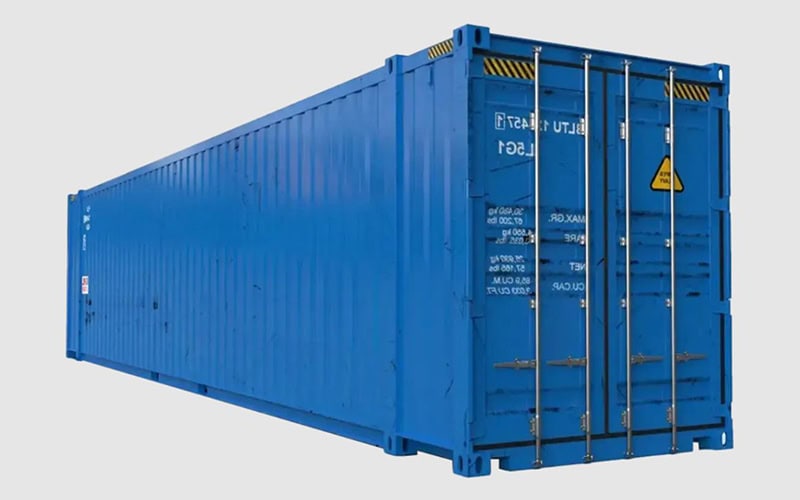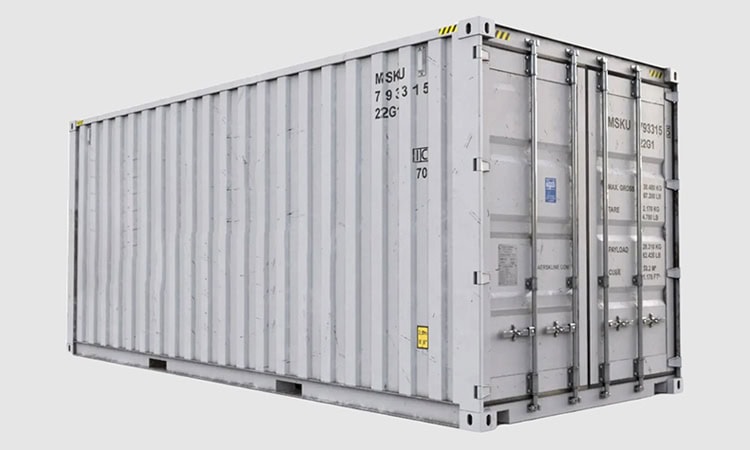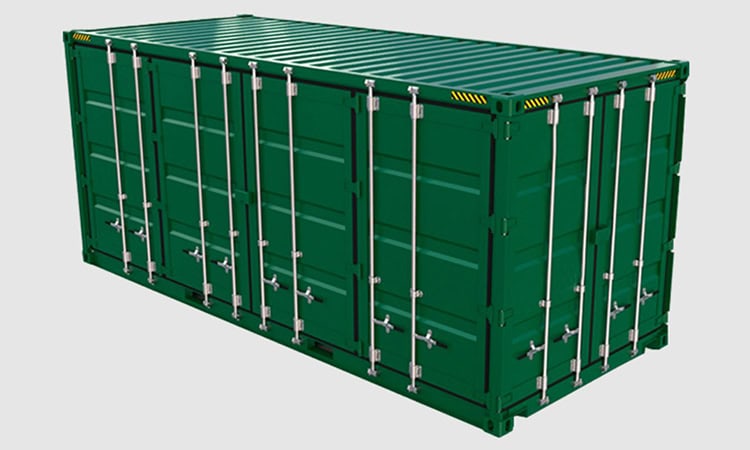How to Choose the Best Quality New and Used Shipping Containers in the USA

Transporting goods across oceans is not the only purpose for shipping containers anymore. The scope of application today includes storage, office, housing, and even more. Each of these purposes have one common aspect: they all require secure and durable containers. New or used, they must do the job. We shall peek uncover the question of how to buy shipping container in the USA to fit your specific needs.
Why Choose Shipping Containers?
Among the prominent features that shipping containers are valued for, the first one to highlight is — they are affordable. As inexpensive as they are, they still are durable and reliable to be used in various fields due to their waterproof steel construction. Their modular design makes them easy to transport, stack, or modify, which is why they’re so popular among individuals and businesses alike.
Before you make a purchase, however, there are several factors to consider to ensure you’re getting the best value.
Evaluate Your Needs First

The right container will depend largely on what you plan to use it for. Narrowing down your requirements upfront will streamline your search. Ask yourself:
- What is the purpose of the container?
- For secure storage onsite?
- To ship goods across regions?
- For use in a creative project (like a tiny home or pop-up shop)?
- How much space do you need?
- Would a 20ft container suffice, or do you need a larger 40 open side shipping container?
Do you need specific features?
- Refrigeration (reefers) for perishable goods.
- Open-top or flat racks for oversized machinery.
- High cubes for extra vertical space.
Clearly defining your needs will help you select the right size and type of container with the appropriate features.
Tips for Choosing the Best Quality New or Used Shipping Container

Whether you’re buying a brand-new container or a used one, these are the key considerations to keep in mind:
Inspect the Condition
If you’re opting for a used container, inspect it thoroughly before committing. Here’s what to look for:
- Surface rust is common in used containers, but avoid those with deep rust or holes that compromise structural integrity.
- Check that the corner castings (where cranes lift the container) are intact, as these are critical for transport safety.
- Make sure that the doors are sealed tight and there are no leaks.
- Verify the integrity of the inner surfaces, both the walls and the floor.
Keep in mind that a scratched or faded exterior is pretty common and can be repainted if needed. However, peeling or bubbling paint is often a sign of water damage underneath.
Understand the Grades of Containers
Used containers are typically categorized into different grades based on their condition:
1. New or “One-Trip” containers. These containers have been used only once, usually to carry goods from the factory to a destination. They’re almost as good as brand new.
2. Cargo-worthy (CW) containers are certified for safe cargo transport, ideal for shipping and storage.
3. Wind and Watertight (WWT) containers are suitable for storage purposes but are not certified for shipping.
4. As-is Containers. These are heavily used and sold at lower prices but may require repairs before use.
Choose a grade based on your budget and intended use. For instance, if you’re building a shop or an event display, a one-trip container might be worth the higher investment for aesthetics and durability.
Consider the Container Type
- Containers come in various designs for specific purposes. Select one that suits your intended use:
- Standard Containers (20ft or 40ft) for general storage or transportation.
- High Cube Containers provide an extra foot of height, suitable for taller equipment or modifications.
- Reefer Containers insulated and refrigerated for temperature-sensitive goods.
- Open-top containers are for loading oversized items like machinery from above.
- Flat Racks are for heavy or irregular cargo that doesn’t fit in standard containers.
Understanding your needs will help you select a container type that enhances efficiency for your operations or project.
Set a Budget
Figure out how much you’re willing to spend based on the type and condition of the container. New ones cost more, while used ones can be a solid budget-friendly choice.
Prices depend on size, features, and what’s available in your area.
If you’re looking to save money, consider high-quality used containers—especially cargo-worthy or one-trip models. They’re cheaper but might have some wear and tear. Just remember, any necessary repairs or refurbishments can add to your total cost.
Check the Seller’s Reputation
Make sure you’re buying from a trustworthy supplier to avoid low-quality or misrepresented containers. Here’s what to do:
- Read customer reviews and testimonials. A good seller should have a solid track record.
- Reliable suppliers often offer warranties or guarantees on their containers.
- If possible, inspect the container in person or ask for detailed photos and videos.
Pelican Containers is known for providing durable, high-quality standard and specialty containers across the USA. Whether you need a new or used unit, their team ensures you get the best option available.
Factor in Delivery Costs
Don’t forget about transport fees when planning your budget. The closer the supplier, the less you’ll likely pay for delivery. Some suppliers handle delivery themselves, so it’s worth asking if they offer that service.
Why Choose Pelican Containers?
Pelican Containers https://pelicancontainers.com/contact-us gets it — you need the right container without the hassle. We’ve got a solid selection of new and used containers, all ISO-certified and inspected for reliability. Our team knows the ins and outs of the process and can help with everything from picking the right container to getting it delivered.
